$37.00
HELP MICRO PLANT STUDIO GROW: A SECOND HOME FOR OUR GREEN DREAMS
HELP MICRO PLANT STUDIO GROW: A SECOND HOME FOR OUR GREEN DREAMS
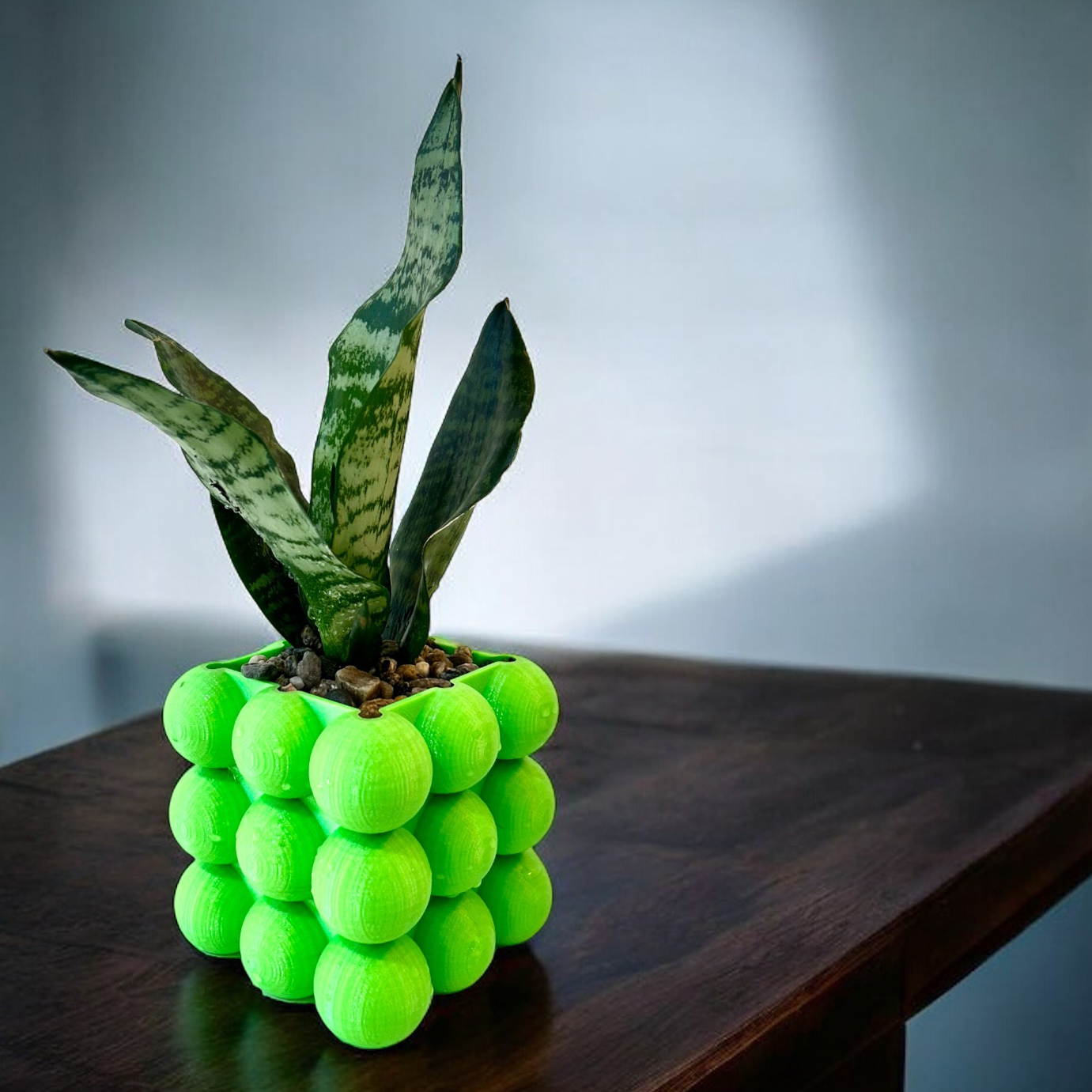
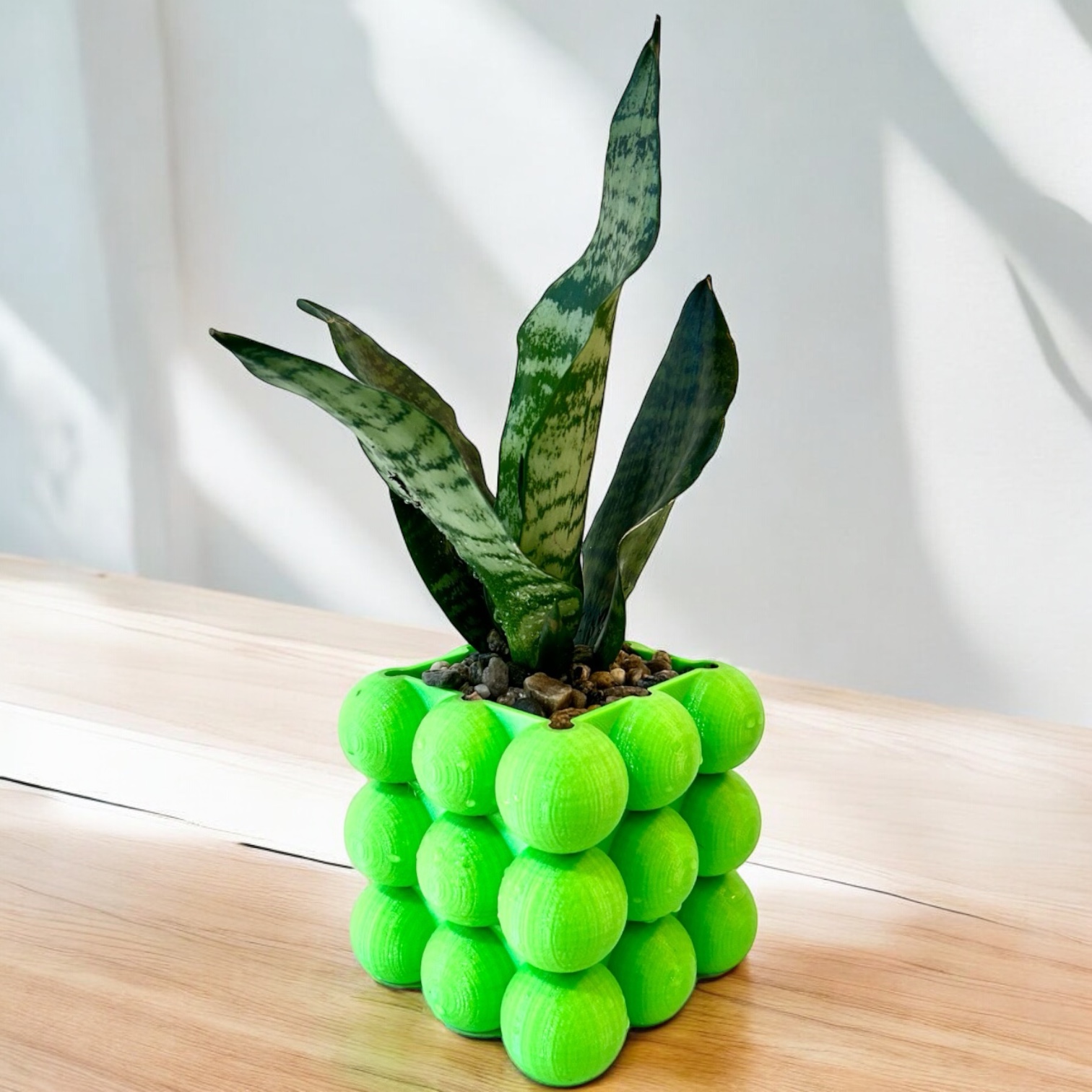
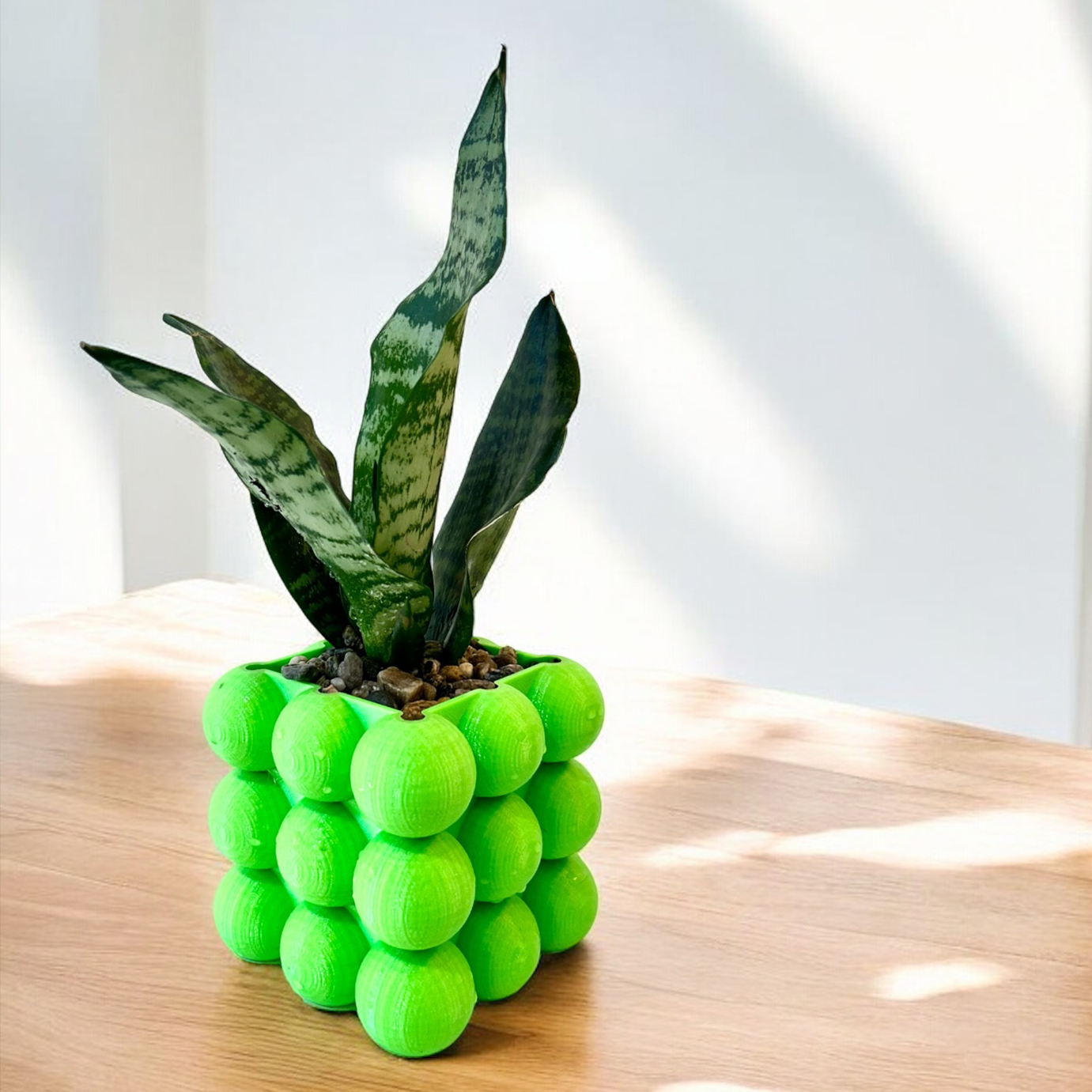
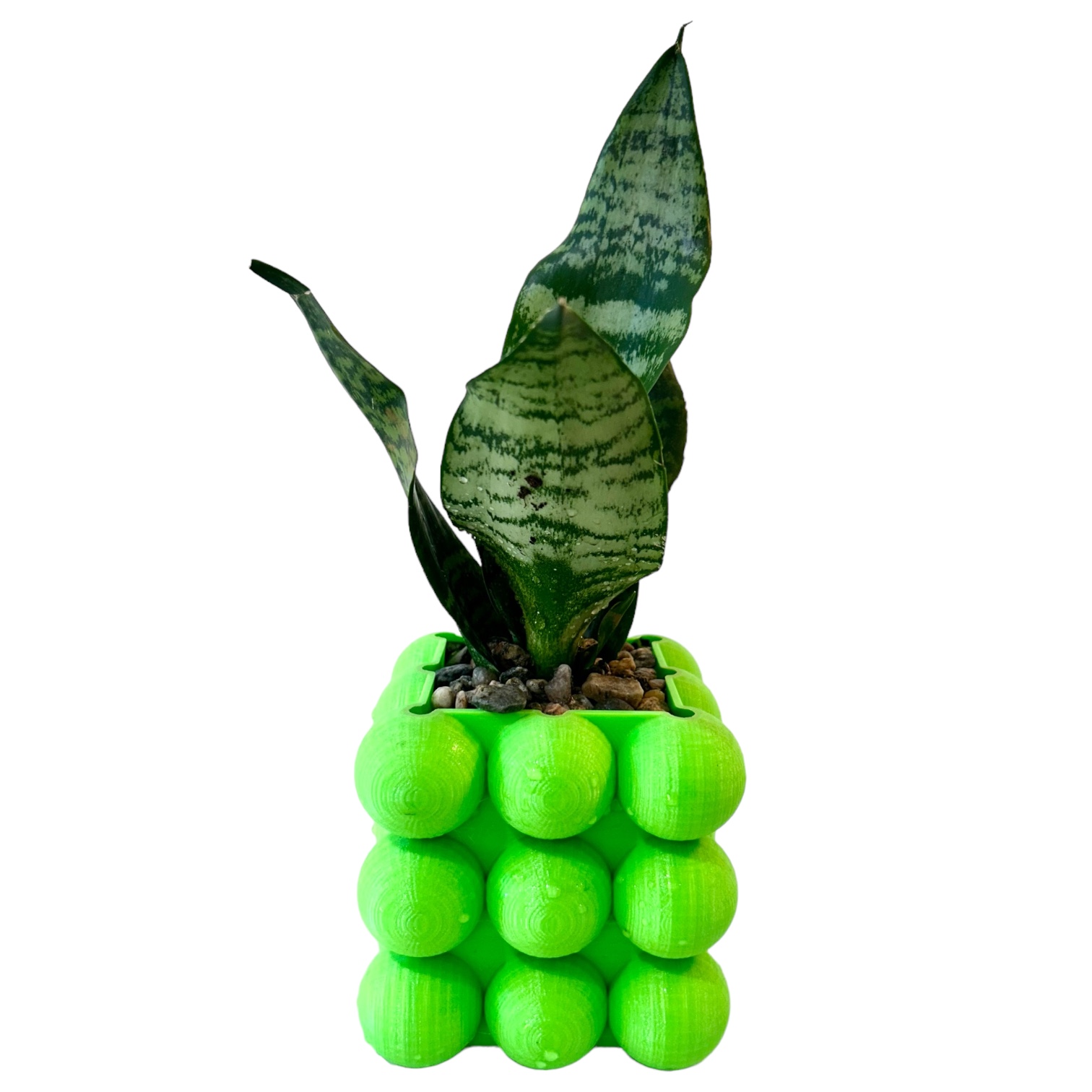
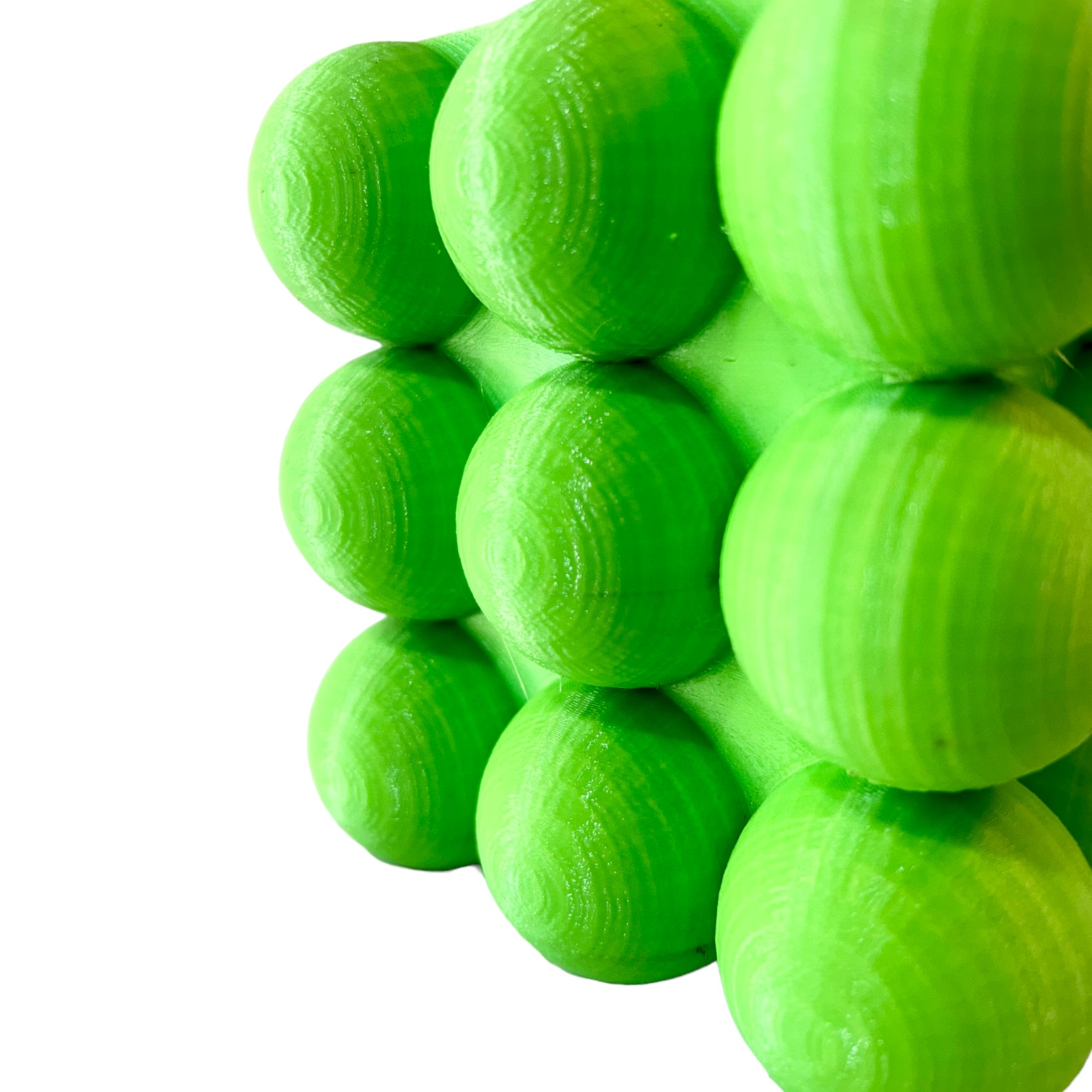
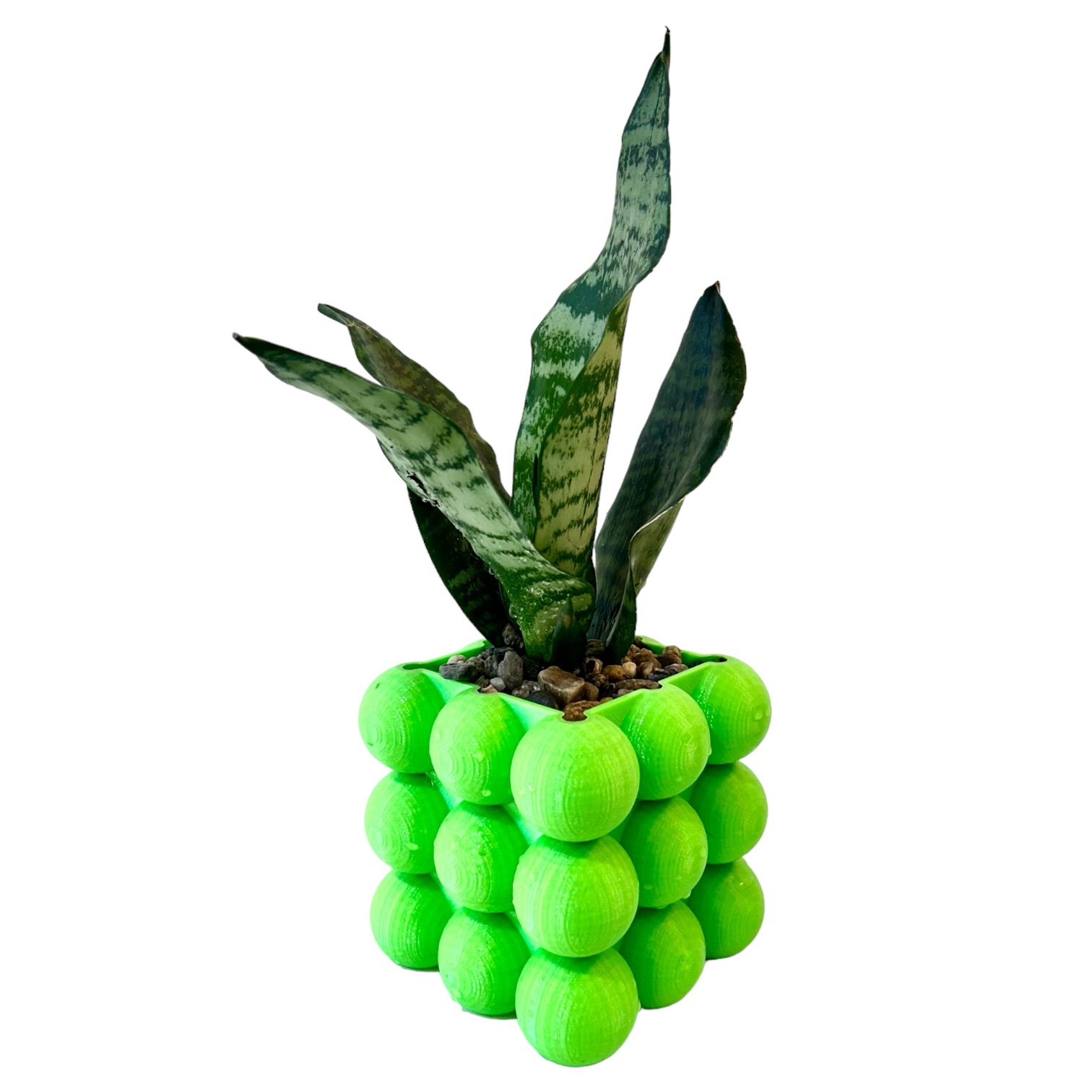
$78.00
1 in stock (can be backordered)
Please remember that each plant will vary in height, leaf color, and variegation.
Overwintered tropical plants generally thrive in temperatures similar to those preferred by humans. They typically do well in daytime temperatures ranging from 70 to 80ºF (21 to 27ºC) and nighttime temperatures between 55 and 65ºF (13 to 18ºC).
The placement of plants is crucial for creating the right atmosphere and look in our space. When situating plants in your home or office, it’s important to think about how extreme temperatures and surroundings, especially during summer and winter, can affect them. For example, cold drafts and direct sunlight can harm a plant’s leaves and overall health, potentially causing them to die. Being close to heaters and air conditioning units can also cause damage. Therefore, it’s important to carefully consider where you place your plants. Avoid putting them near heaters, air conditioning units, or in areas with cold drafts from windows or doors, as these elements can significantly affect the well-being and lifespan of your plants.
3D Printed Collection
$37.00
$32.00
$42.00 – $205.00
$58.00
$42.00 – $88.00
You may also like
$68.00
$27.50
$125.00
$52.00
$62.00
$115.00
$28.00 – $59.00